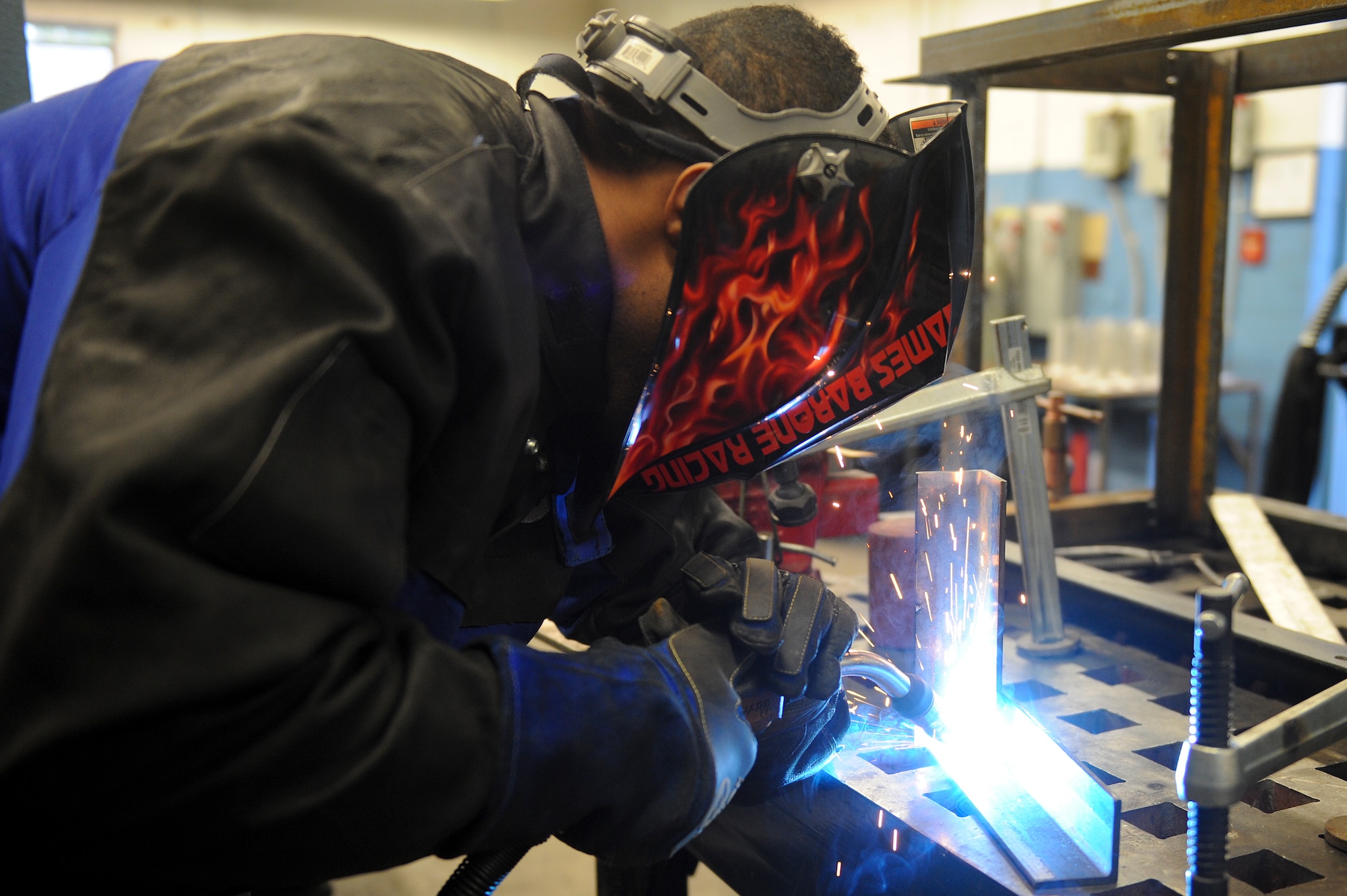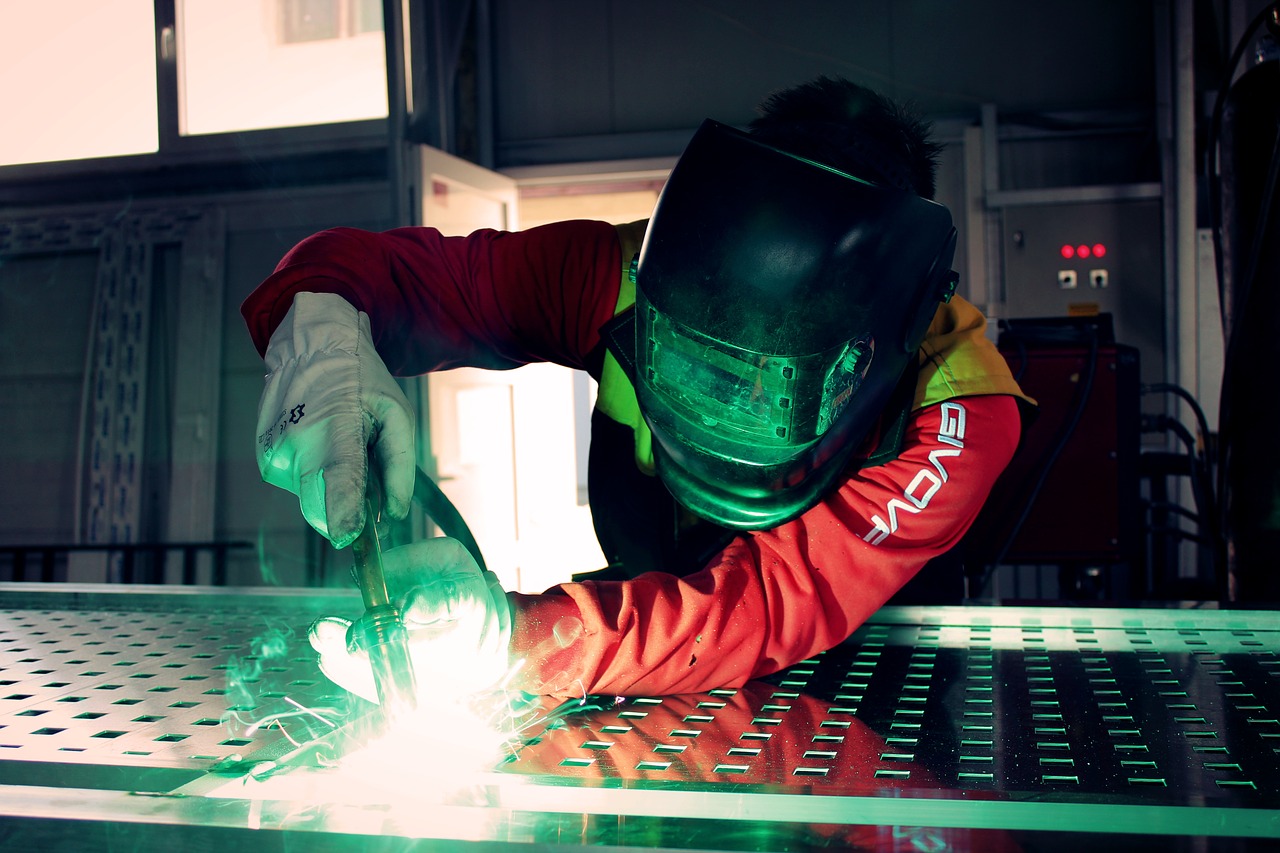Everything about Welding: Key Insights Into Techniques and Ideal Practices for Success
Welding incorporates a selection of methods, each fit for certain products and applications. Comprehending these approaches, such as GMAW, SMAW, and TIG, is vital for accomplishing suitable outcomes. The ideal tools and safety and security methods can not be forgotten. As preparation and fixing play important duties in the welding process, mastering these components can greatly enhance the high quality of the end product. What are the crucial elements that guarantee a successful weld?
Recognizing Different Welding Techniques
Welding techniques include a variety of techniques, each suited to particular applications and materials. Among one of the most usual techniques are Gas Metal Arc Welding (GMAW), Shielded Steel Arc Welding (SMAW), and Tungsten Inert Gas Welding (TIG) GMAW, additionally called MIG welding, is preferred for its speed and adaptability, making it ideal for thin products. SMAW, or stick welding, is favored for its simpleness and performance in outside environments, specifically with thicker metals. TIG welding supplies precision and control, making it suitable for detailed work and non-ferrous steels (Montana Mobile Welding and Repair Fabrication). Each technique has its one-of-a-kind benefits and factors to consider, permitting welders to choose the most effective approach based upon the project's needs, product kind, and preferred results. Recognizing these strategies is important for successful welding
Crucial Welding Tools and Tools
While numerous welding methods call for certain abilities, the best devices and tools are similarly essential for accomplishing top quality results. Necessary welding equipment includes welding equipments, which differ relying on the technique-- such as MIG, TIG, or stick welding. Protective equipment, consisting of gloves, aprons, and helmets, assurances safety and security and comfort throughout the process. Furthermore, clamps and fixtures assist protect materials in place, ensuring precision in welds. Consumables like welding poles, cable, and shielding gas are also essential elements that affect the top quality of the weld. Tools such as cutters and mills promote surface area prep work and post-weld completing, adding to a specialist end result. Purchasing top quality equipment eventually improves the effectiveness and efficiency of welding projects.
Safety Practices in Welding
Proper safety techniques are essential in the welding sector to shield employees from prospective risks. Welders have to use appropriate individual protective equipment (PPE), consisting of helmets with correct shading, handwear covers, and flame-resistant clothes. Adequate air flow is crucial to minimize exposure to hazardous fumes and gases produced during the welding process. Furthermore, employees must be trained in the correct handling of welding devices to stop accidents. Fire safety steps, such as keeping flammable products away from the welding area and having fire extinguishers easily offered, are essential. Normal assessments of tools and work spaces can assist determine potential dangers before they result in mishaps. By sticking to these security techniques, welders can create a safer working environment and decrease threats connected with their trade.
Readying Products for Welding
Preparing products for welding is a vital action that significantly influences the top quality and integrity of the end product (Welding). Proper prep work entails cleansing the surface areas to remove impurities such as dirt, oil, and corrosion, which can jeopardize the weld. Strategies such as grinding, fining sand, or utilizing solvents are generally employed to attain a tidy surface. In addition, making sure that the products fit with each other snugly is crucial; spaces can cause weak welds. It's likewise important to take into account the alignment and positioning of the components, as this will certainly impact the simplicity of welding and the last end result. Choosing the suitable filler product and making sure compatibility with the base metals is essential for accomplishing solid, resilient welds.
Tips for Getting High-Quality Welds
Attaining top notch welds requires focus to information and adherence to finest methods throughout the welding procedure. Appropriate joint prep work is crucial, making sure surfaces are totally free and clean from pollutants. Choosing the proper filler product and welding technique based on the base metals is crucial for ideal bonding. Keeping regular traveling rate and angle while welding can stop issues and advertise uniformity. Furthermore, controlling warmth input is vital; too much heat can cause bending and weakened joints. Consistently evaluating the welds during the process permits prompt changes if necessary. Finally, using proper post-weld treatments, such as cleaning and tension alleviation, can boost the sturdiness and honesty of the weld, eventually making certain an effective outcome.
Troubleshooting Common Welding Issues
Welding usually offers challenges that can influence the quality and stability of the last item. Usual issues such as porosity, inconsistent weld beads, and getting too hot can develop, each needing particular troubleshooting strategies. Recognizing these issues is necessary for welders to enhance their abilities and achieve optimal results.
Porosity Issues Described
Porosity can usually be ignored, it stays a crucial concern in welding that can compromise the honesty of a finished item. Porosity web link describes the visibility of small gas pockets within the weld grain, which can compromise the joint and lead to premature failure. This trouble normally occurs from pollutants, moisture, or inappropriate securing gas insurance coverage during the welding process. To alleviate porosity, welders should confirm that the base products are clean and dry, utilize ideal shielding gases, and preserve constant welding specifications. Routinely inspecting the devices and atmosphere can also aid recognize prospective problems prior to they materialize in the weld. Addressing porosity efficiently is essential for achieving solid, durable welds that meet top quality requirements.

Inconsistent Weld Beads
Inconsistent weld grains can considerably affect the top quality and strength of an ended up item. Different factors add to this concern, including incorrect travel speed, incorrect amperage setups, and inconsistent electrode angles. When the welder moves also rapidly, a grain may appear slim and lack infiltration, while relocating too slowly can create excessive accumulation. Furthermore, using the incorrect amperage can result in either undercutting or extreme spatter, both of which compromise weld stability. The welder's technique, such as inconsistent lantern activity, can also lead to uneven grain look. To reduce these troubles, welders should focus on keeping constant, controlled motions and ensuring appropriate tools setups to accomplish harmony in their welds. Uniformity is essential to achieving solid Homepage and reliable welds.
Overheating and Bending Issues
Excessive warm throughout the welding process can bring about considerable overheating and buckling problems, impacting the structural stability of the workpiece. These troubles commonly show up as distortion, which can jeopardize alignment and fit-up, making further assembly testing. Aspects contributing to overheating include the selection of welding specifications, such as voltage and take a trip rate, along with the type of material being welded. To alleviate these concerns, welders should maintain consistent travel rate and suitable warm input while checking the workpiece temperature. In addition, pre-heating or post-weld warm treatment can help reduce anxieties triggered by rapid cooling - Montana Mobile Welding and Repair Belgrade Welding. Regular evaluation and adherence to ideal practices are essential in avoiding overheating and guaranteeing the long life and dependability of welded frameworks
Often Asked Questions
What Are the Job Opportunities in the Welding Sector?
The welding market provides varied occupation possibilities, consisting of placements as welders, teachers, examiners, and engineers. Professionals can operate in manufacturing, building and construction, aerospace, and vehicle sectors, gaining from strong demand and affordable salaries in numerous functions.
Just How Can I Improve My Welding Rate Without Giving Up High Quality?
To enhance welding rate without compromising quality, one must exercise reliable techniques, maintain equipment, optimize setups, and improve hand-eye sychronisation. Routine training and seeking comments can also significantly add to accomplishing much faster, high-quality welds.
What Accreditations Are Readily Available for Welders?
Numerous qualifications exist for welders, including those from the American Welding Culture (AWS), the National Facility for Construction Education and Study (NCCER), and numerous industry-specific organizations. These credentials enhance employability and show skill proficiency.
How Does Welding Influence the Characteristics of Metals?
Welding influences the residential properties of steels by altering their microstructure, which can cause changes in ductility, solidity, and strength. Heat input and cooling prices throughout the process considerably influence these product qualities.
Can I Weld Dissimilar Metals Together?
